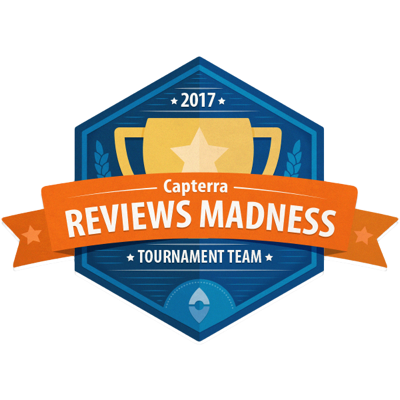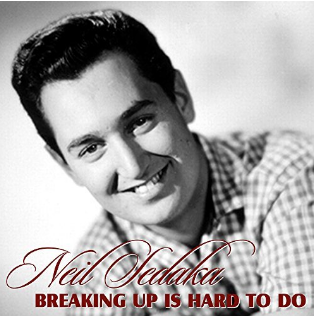6,905 Billable Hours for Attorney Review May Not Be Billable if the Reviewer Isn’t Actually an Attorney: eDiscovery News
A contract lawyer for a Pennsylvania plaintiffs’ firm clocked 6,905 hours of work on a shareholder lawsuit against former executives and directors of Sprint Corp. related to its 2005 merger with Nextel. One problem, however: that attorney had apparently been disbarred for years when he performed the work.
According to an article in the Wall Street Journal (One Lawyer, 6,905 Hours Leads to $1.5 Million Bill in Sprint Suit, written by Joe Palazzolo and Sara Randazzo, subscription required), “Alexander” Silow, a contract lawyer for the Weiser Law Firm PC, clocked 6,905 hours of work during the case. Averaging about 13 hours a day, Silow reviewed 48,443 documents and alone accounted for $1.5 million, more than a quarter of the requested legal fees, according to court documents. Those awarded fees had already been cut from $4.2 million down to just $450,000 back in November of last year.
That initial fee reduction was awarded after Kansas District Judge James Vano called the requested amount “unbelievable.” “It seems that the vast amount of work performed on this case was illusory, perhaps done for the purpose of inflating billable hours,” Judge Vano, who sits in Olathe, Kan., wrote in a Nov. 22 opinion.
Silow had been working as a contract attorney for at least eight years when staffing agency Abelson Legal Search placed him at the Weiser firm in 2008, according to a Feb. 3 letter from the firm to Judge Vano. The law firm was notified by a third party it declined to name and learned that no one with Silow’s name was listed in a state database of licensed lawyers, Robert B. Weiser, co-founder of the firm, said in the letter. Silow had presented himself to the firm as “Alexander J. Silow”, but “was in actuality named Jeffrey M. Silow” and confessed he had been disbarred when the firm confronted him, the letter said. The firm has since ended its relationship with Mr. Silow and alerted authorities, it said. The Pennsylvania’s attorney discipline office confirmed Mr. Silow was disbarred in 1987 but could provide no additional information.
At least one Sprint Shareholder has requested that the case be reviewed again by Judge Vano in light of the new allegations.
According to Lester Brickman, an emeritus professor at Benjamin N. Cardozo School of Law in New York who has written about bill padding, plaintiffs’ firms bill for work done by contract attorneys like Mr. Silow at hourly rates of $300 or more when they submit their fee requests, but they typically pay the attorneys $20 to $40 per hour. Brickman said it is common for firms to staff cases with contract attorneys and direct them to review thousands of documents to run up the fees. In this case, bill padding and excessive markup appears to have been the least of the firm’s problems.
Thanks to ACEDS for the tip on the story!
Also, yesterday, I thanked our readers for 6 1/2 years of support and readership of the blog. Today, I want to thank JD Supra and its readership for being named the Readers’ Choice Top Author in eDiscovery (and CloudNine being named the Top Firm) for 2017! Distribution of our posts via JD Supra has grown our readership greatly over the past year and I really appreciate our partnership with JD Supra and thank all of you for reading our blog, whether it’s via JD Supra or the “old fashioned way” via our site! Thank you so much!
So, what do you think? Should firms do more to ensure that the attorneys they use for review are actually licensed attorneys? Please share any comments you might have or if you’d like to know more about a particular topic.

Disclaimer: The views represented herein are exclusively the views of the author, and do not necessarily represent the views held by CloudNine. eDiscovery Daily is made available by CloudNine solely for educational purposes to provide general information about general eDiscovery principles and not to provide specific legal advice applicable to any particular circumstance. eDiscovery Daily should not be used as a substitute for competent legal advice from a lawyer you have retained and who has agreed to represent you.










